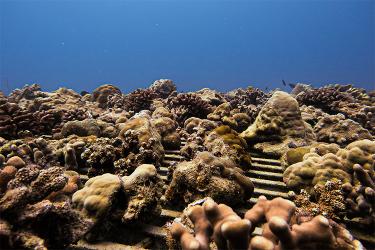Salmon and steelhead hatchery programs in the Columbia River Basin rear:
- Spring, summer, and fall Chinook salmon,
- Coho salmon,
- Sockeye salmon,
- Fall chum salmon, and
- Winter and summer steelhead.
Hatchery programs are funded and operated by a variety of states, tribes, federal agencies, and private and public utilities, sometimes in collaboration with non-governmental organizations. For example, NOAA Fisheries is one of the federal agencies funding hatchery programs in the Columbia River through the Mitchell Act. Many of the hatchery programs above Bonneville Dam are also managed through the U.S. v. Oregon management agreement.
Hatchery programs throughout the Columbia River Basin are managed to achieve a variety of objectives. These include the enhancement of harvest opportunity, to mitigate for lost habitat or reduced salmon and steelhead population sizes, to support tribal treaty and trust responsibilities, and to aid in the conservation of endangered and threatened salmon and steelhead.
For every hatchery program that may have effects on salmon and steelhead protected under the Endangered Species Act (ESA), operators and funders are required to consult with NOAA Fisheries through a variety of ESA pathways.
Hatchery Plans and Actions for Public Review
- Hatchery plans for Deschutes, Hood, Touchet, and Umatilla Rivers (comments closed August 13, 2020)
- Clackamas Hatchery Spring Chinook Salmon (comments closed August 31, 2020)


